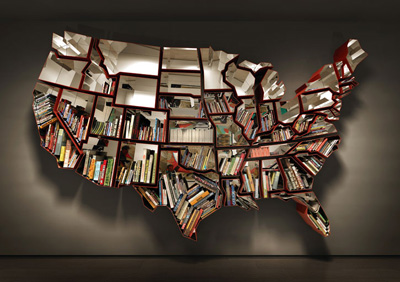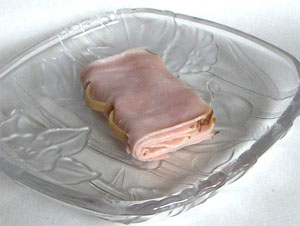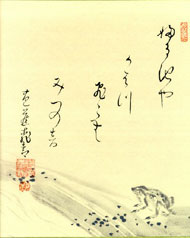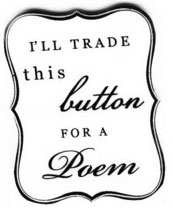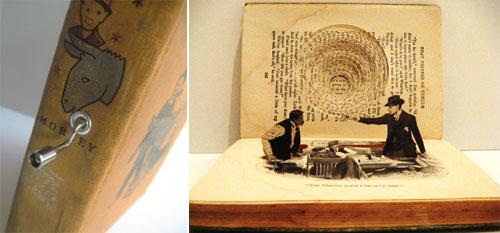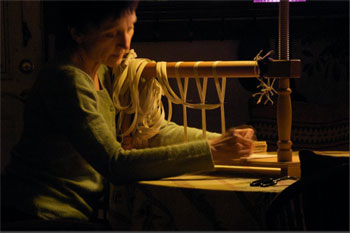My first encounter with haiku was one rule: 3 phrases of 5, 7, 5 syllables respectively. Later I learned about the “cut” line, where the poet uses punctuation such as a dash to divide the poem into two juxtaposing or contrasting parts. As I read more about haiku in both Japanese and contemporary English and began writing my own, I gave up on the first rule — “syllable” isn’t quite what the Japanese form uses and some haiku enthusiasts say 11 syllables and a 3-5-3 syllable meter is closest to the quality of the Japanese form while others prefer the sort of “free form” haiku that I write (there’s a nice explanation of this here by Keiko Imaoka.) Some of Kenneth Rexroth’s translations of famous Japanese haiku use a free form style:
Autumn evening —
A crow on a bare branch.
An old pond —
The sound
Of a diving frog.
So probably I don’t write haiku at all, but something called “micro poetry” (see this article on Jim Murdock’s blog about short form poetry ) — but I’ll continue to be entraced by inventing 2 images in 3 lines.
